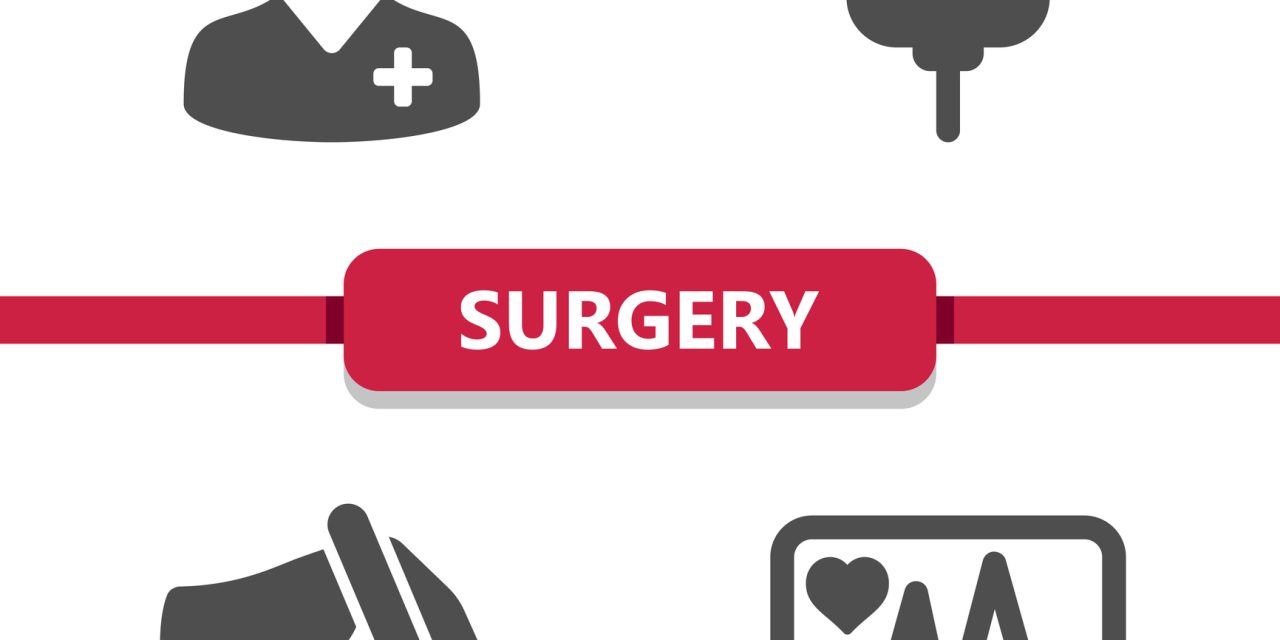Given the competition in the integrated plastic surgery Match, away rotations are ubiquitous among plastic surgery applicants to differentiate their applications. This study aimed to characterize how performing an away rotation affects rank order and Match outcomes for integrated plastic surgery programs.
An online survey was designed and distributed to the top 25 integrated plastic surgery programs in the United States as determined by Doximity. Programs were polled about away rotation structure, position of rotators on their 2018 to 2019 rank list, and composition of current resident classes.
Twenty-five programs completed the survey (response rate, 100 percent). On average, programs interviewed 34.9 applicants (range, 22 to 50 applicants) and ranked 32.8 applicants (range, 10 to 50 applicants). Most “ranked-to-match” positions were occupied by home students or away rotators (60.9 percent). Rank order of home students, away rotators, and nonrotators varied significantly (p < 0.001), with median rank order of home students [5 (interquartile range, 1 to 9)] and rotators [14 (interquartile range, 6 to 27)] higher than nonrotators [17 (interquartile range, 10 to 29)]. Rank orders of away rotators tended to follow a bimodal distribution. Furthermore, 64.4 percent of integrated residents were either a home student or away rotator at their matched integrated program, with 20 percent of residency programs composed of greater than 70 percent of away rotators/home students across postgraduate years 1 through 6 classes.
For integrated plastic surgery programs, the majority of ranked-to-match students on rank lists and current residents were either home students or away rotators at their respective program. Performing well on an away rotation appears to confer significant benefit to the applicant applying in the integrated plastic surgery Match.
Copyright © 2021 by the Association of American Medical Colleges.
The Association between Away Rotations and Rank Order in the Integrated Plastic Surgery Match.


